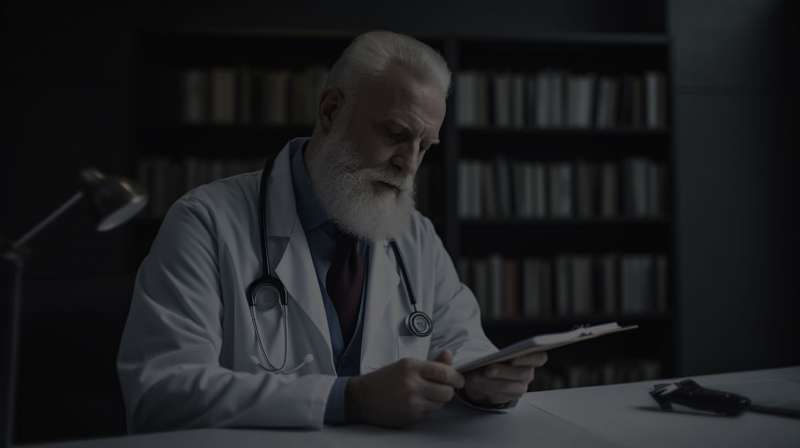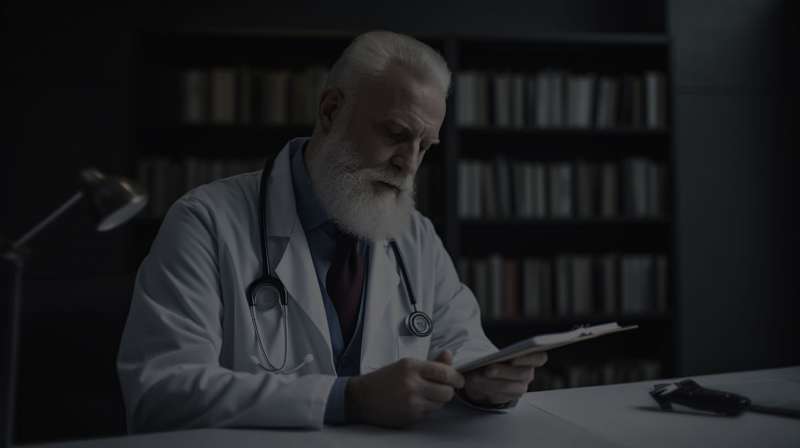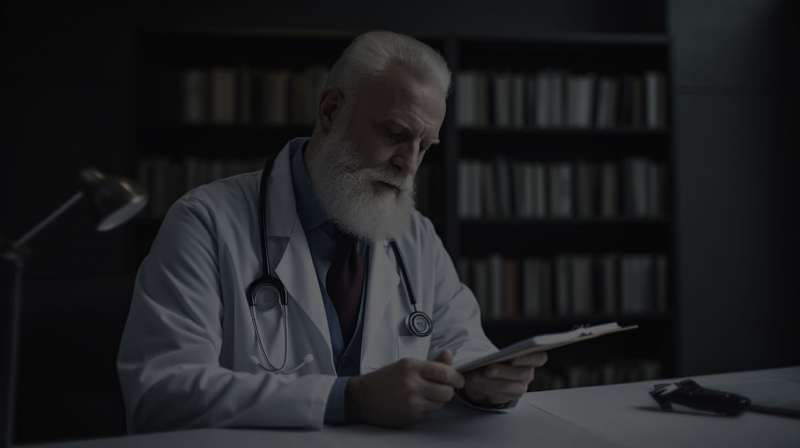Important Information
Deep cuts or punctures, wounds with embedded objects, human or animal bites that penetrate or old infected wounds need to be treated by a medical professional.
Patients with wounds that do not stop bleeding with direct pressure or pressure points need immediate EMS care.
First Aid Tips for Bruises
Apply cold compress to the injured area as soon as possible
Elevate the affected area above the heart if possible
Head Bumps
Bumping your head against a hard surface often causes a swelling. The temptation might be to rub the bump, however research suggests that rubbing the lump actually makes it worse. A hematoma - bump or bruise on the forehead - forms as a result of the pooling of blood beneath the skin. Rubbing or massaging the bump encourages more blood flow to the area which creates more bleeding and more swelling.
Cuts and Scrapes
Wear gloves and other barriers to protect yourself from disease transmission
If necessary control bleeding with direct pressure
Thoroughly wash wounds with water to remove all dirt and particles
Cover a wound with a non-adhesive dressing and apply a first aid bandage
Check the wound daily for signs of infection which could be redness, tenderness or presence of pus
BUMPS
Someone got his lights knocked out. He now slowly regains consciousness and things seem to be ok. But will there be any complications?
A hard bump at work, a high impact collision during sports, a road traffic accident - these are some of the many situations that can cause a person to suffer a concussion. A concussion occurs when someone is knocked out temporarily. Because it happens so quickly, usually it either goes unnoticed or gets passed off as a minor problem.
The problem is that no matter how minor it seems, concussion is type of closed-skull brain injury. Unless symptoms of head injury present themselves early, you really would not know how serious the injury can be. It is better to play on the safe side. Here's what you can do:
EMERGENCY TIP:
Was there a hard impact or great forces involved? Did the person lose consciousness? If yes, how long was it? Even if it was just for a split second, take note of the time. If there is any loss of consciousness, bring the person to the hospital for a thorough assessment. Ask also if the casualty feels pain in the neck or back. Note of symptoms of head injuries such as confusion, nausea, vomitting, sleepiness, blurred vision or giddiness. If the casualty experiences fits, lie him or her down, cushion the head and clear the surrounding around him or her. Call an ambulance. Take note of any changes in the casualty's condition along the way. Treat any external injuries e.g., apply ice packs onto a bump or clean and dress up any cuts.
A bruise is a common skin injury that results from the breakage of tiny blood vessels leaking under the skin. Blood from damaged blood vessels beneath the skin collects near the surface of the skin to appear as what we recognize as a black and blue mark. This mark is from skin discoloration by red blood cells and their contents. A bruise is also known as a contusion. Non-life threatening wounds - lacerations, scratches, abrasions, gashes, punctures and bumps.




Share on social media